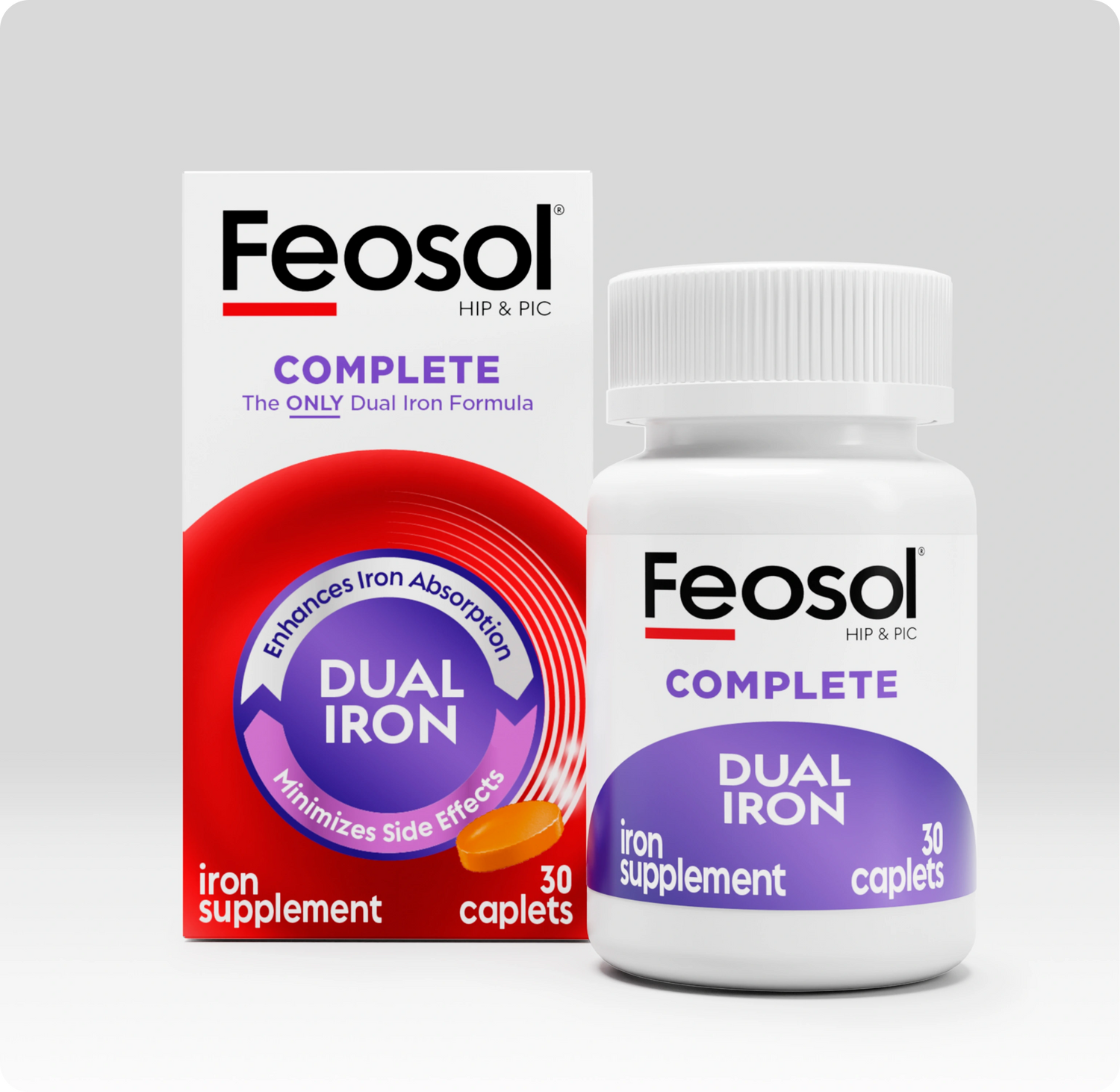Who’s at risk for iron deficiency anemia during pregnancy?
Early on during the childbearing years, adolescents have greater iron needs because of rapid growth. Girls in particular have higher needs due to the iron that is lost (through blood) during menstruation.
And, an estimated 10% of women in the United States have a “heavy flow.” If you have a history of heavy or frequent periods, you may be at a greater risk of developing iron deficiency anemia during pregnancy.
In addition to heavy periods, there are other factors that increase your risk of developing iron deficiency anemia during pregnancy. These factors include:
- Low dietary iron intake
- Previous history of iron-deficiency anemia
- Close pregnancies (back-to-back)
- High parity (past pregnancies)
- Using some intrauterine devices
- Multiple birth (twins, triplets or more)
Conversely, oral contraceptive use is associated with a decreased risk for iron deficiency.
Iron recommendations for pregnancy or trying-to-conceive
It is critical for both the health of mom and baby that pregnant mothers meet their iron needs. That’s why most prenatal supplements include iron in them.
And, because multiple factors increase a female’s risk of developing iron deficiency anemia, girls and women of child bearing age should focus on eating iron-rich foods, pairing plant-based sources of iron with vitamin C to enhance absorption. If you have doubts about your dietary intake of iron, talk to your physician about iron supplements.
Iron screenings
In addition to focusing on iron in your diet during the childbearing years, women who are pregnant or postpartum should be screened regularly for iron deficiency anemia and talk to their physician about taking iron supplements.
According to the CDC, pregnant women who don’t supplement often have a difficult time maintaining their iron stores, especially during their second and third trimesters. Therefore, iron supplementation is generally recommended during pregnancy.
_
Iron. Dietary Supplement Fact Sheet. Office of Dietary Supplements, NIH. Retrieved from: http://ods.od.nih.gov/factsheets/iron/ March 3, 2012. Iron and Iron Deficiency. Centers for Disease Control and Prevention. Retrieved from: http://www.cdc.gov/nutrition/everyone/basics/vitamins/iron.html#Iron%20Sources March 3, 2012. Anemia or Iron Deficiency. Centers for Disease Control and Prevention. Retrieved from: http://www.cdc.gov/nchs/fastats/anemia.htm March 3, 2012. Recommendations to Prevent and Control Iron Deficiency in the United States. Centers for Disease Control and Prevention MMWR. Retrieved from: http://wonder.cdc.gov/wonder/prevguid/m0051880/m0051880.asp March 3, 2012.





